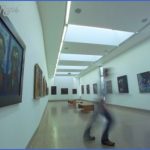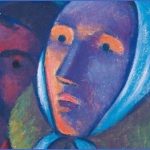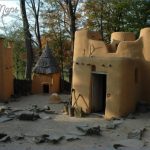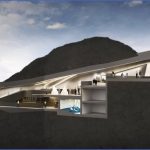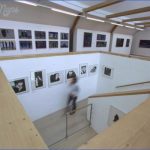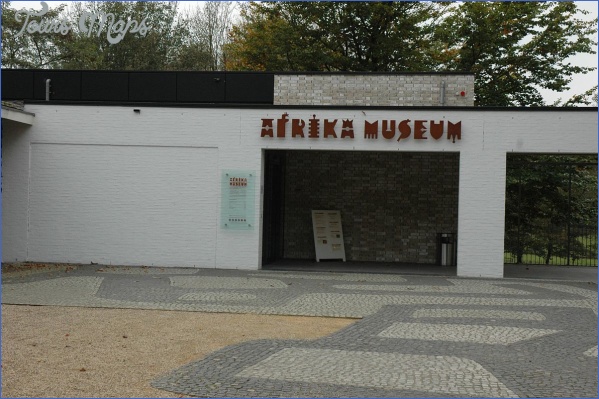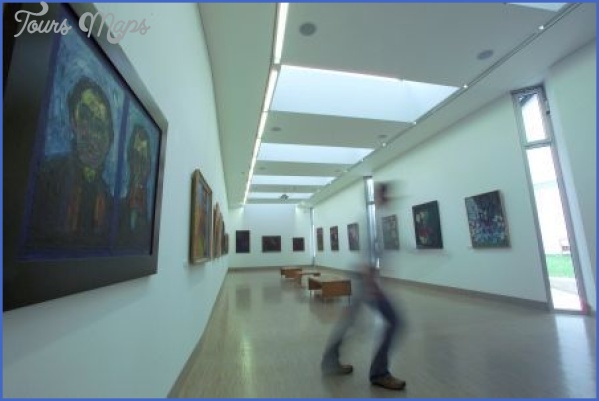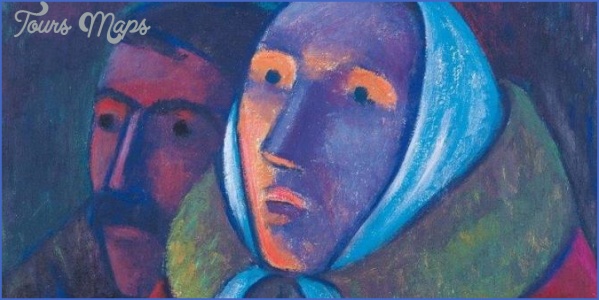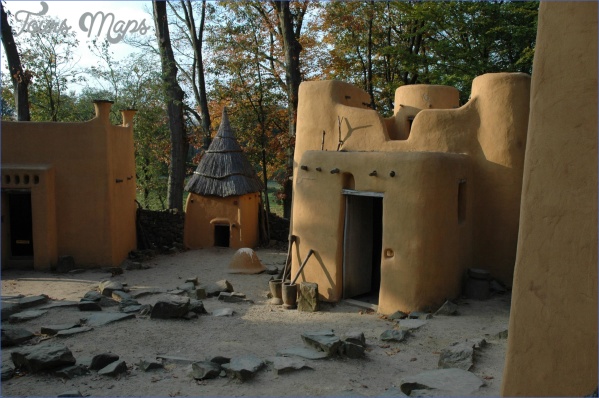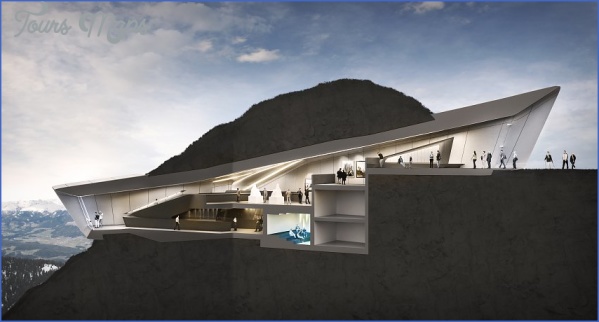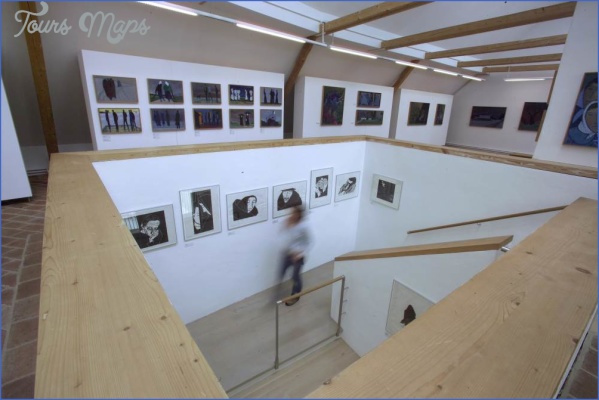There is no museum devoted to Alban Berg. But his flat in a Viennese suburb and his Carinthian summer retreat,Waldhaus, on the south side of the Worthersee near the resort of Velden, belong to the Alban-Berg-Stiftung, established in 1969 by his widow, Helene, and are by and large maintained as he left them. Although not open to the public, the flat and villa maybe seen by appointment if a strong enough case can be made.
For the determined Berg pilgrim there are yet more places to visit. Born in Vienna in 1885, Berg spent his childhood holidays at the family’s alpine estate, Berghof, on the Ossiachersee. Vienna remained his base, in particular the 13th district, just west of Schonbrunn. Alban and Helene Berg were married on 3 May 1911 in the parish church of Hietzing and went to live in an upper-ground-floor flat at Trautmannsdorffgasse 27. After Berghof was sold at the beginning of the 1920s, the Bergs took their walking holidays in the Styrian Alps, where Helene’s family had a home at Trahutten, near Deutschlandsberg, 30 km south-west of Graz; that house is now a pension.
BERG MUSEUM Photo Gallery
If you are lucky enough to gain entrance to the small Hietzing flat, you will first enter the living-room, which doubled as Berg’s study. It is dominated by his Bosendorfer grand piano (with two chairs for playing duets) and his desk, on which stand a bust and a death mask. Unusually, he had opaque glass installed in the windows facing the street and dark brown and black hessian-type wallpaper. A comfortable sofa and several armchairs with cushions, photographs (including one of Mahler and one of the original Wozzeck stage set), paintings and a bookcase stocked with literature and music relieve the prevailing austerity and isolation. The adjoining diningroom is also secluded by opaque glass and is furnished with a small round table and four chairs.
Berg composed Wozzeck while serving in the army and living at Trautmannsdorffgasse and at Trahutten. Lulu was inspired by summers at Berghof, when at family play-readings he had first come across Wedekind’s two Lulu plays, but he composed the opera mainly at the Waldhaus in 1934-5, along with the violin concerto. In 1935 the Bergs stayed on at the Waldhaus until mid-November while he continued to work on Lulu. In late summer he developed the infection that eventually caused his death from blood poisoning on Christmas Eve. His grave in the Hietzing parish cemetery, at MaxingstraSe 15, is marked by a simple cross of larchwood from the forest adjoining the Waldhaus.
The Bergs had bought the Waldhaus at auction in 1932. The two-storey house, on a knoll in the village of Auen, affords a view of the Worthersee through the forest from the wooden balcony extending from the study. Both study and bedroom are maintained as the Bergs left them; the main rooms are used by the Alban-Berg-Stiftung as a summer venue for composition courses. Berg’s muchloved Ford convertible is still parked in the garage and is said to be kept in running order. In the nearby village of Schiefling am See a roadside memorial to Berg, a bust and a plaque, gives details of his connection with the area.
Maybe You Like Them Too
- Top 10 Islands You Can Buy
- Top 10 Underrated Asian Cities 2023
- Top 10 Reasons Upsizing Will Be a Huge Travel Trend
- Top 10 Scuba Diving Destinations
- World’s 10 Best Places To Visit


